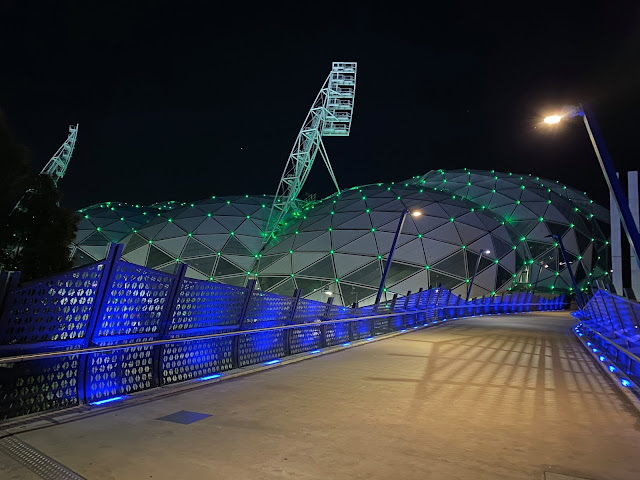One of the working
packages for the EST project addresses the development of national guidelines
for stuttering treatment for kindergarten children. In order to do so, we first
wanted to know the current status quo in Norway. Children at the age of 1 to 5.6
years usually attend kindergarten in Norway. Hence, kindergarten teachers are
one of the professions that are very close to children on an every day base as
earlier described by Hilde Hofslundengen’s blog post. In addition, health care
nurses see all children at certain ages and are trained to observe typical
development and to initiate follow ups if needed, as described in a blog post
by Elisabeth Holm Hansen.
 |
| Illustration from Pexel |
Speech-language
pathologists are usually first involved after concerns have been raised, either by their parents or by those working in the profession, that that they may have a difficulty/disorder. So far so god. However, we are curious to
explore what those three different professions (kindergarten teachers, health care nurses and speech-language pathologists) actually do when they meet a
child that may stutter or are contacted by worried parents and caregivers. Since there are no common guidelines today, that processionals have different
educational backgrounds and that there are geographical differences in service
offers in Norway, we expect a variation in practice and experience across the
involved professions.
Therefore, we have prepared
a multidisciplinary survey covering questions as for example, Have you met any children
that stutter?, What do you do when a parent is concerned about their child’s
possible stutter? and Does your workplace have any strategies or guidelines for
addressing stuttering questions?
We prepared three
different surveys, one for each profession - kindergarten teachers, health care
nurses and speech-language pathologists. All surveys include a number of common
questions across professions as well as some profession specific questions.
The surveys were sent out in
first part of November. Right now, we are both exited over every new answer we receive (THANK YOU!) and still a bit nervous if we reach the threshold for total numbers needed to
have a representative sample to.
 |
| Illustration from Pexel |








